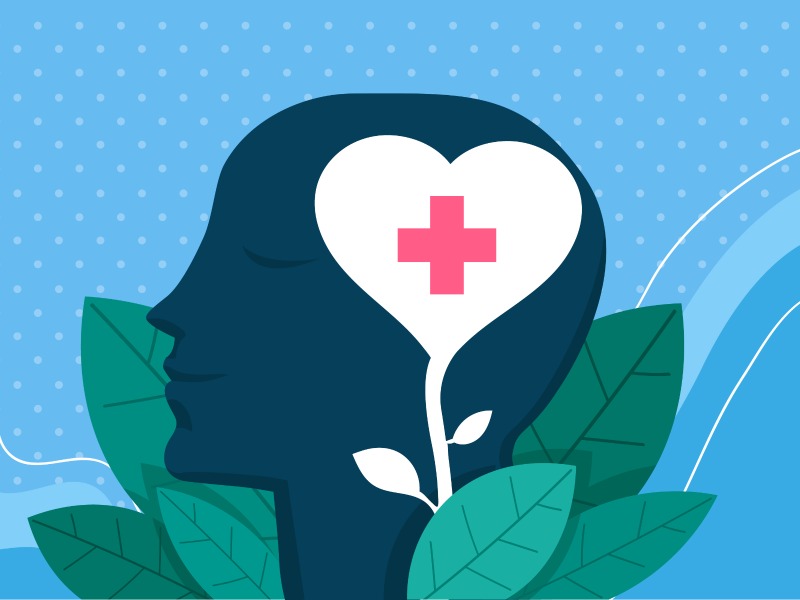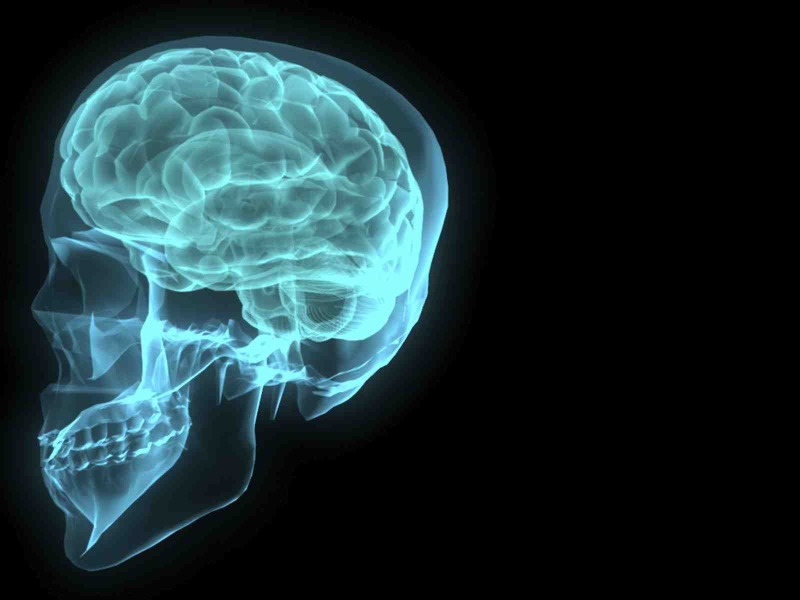New Life Medical


Ketamine was developed in the 1960’s for both medical and veterinarian purposes. It is still used on a regular basis for these purposes in the hospitals as part of anesthesia protocols and for pain relief. New therapeutic uses for ketamine have been identified in the last few years. The two main areas identified are for psychological therapies (e.g., depression and PTSD) and chronic pain (e.g., refractory pain syndromes and chronic regional pain syndromes). It is a dissociative compound/drug that works in the brain helping “reset” itself but causing an odd feeling with a sensation of separation of mind and body that can have therapeutic benefit for these psychological and pain conditions.
provides therapeutic benefits for those suffering with depression and PTSD
promotes healthy circuits in the brain
regrows synapses in the brain
improves quality of life for those suffering with PTSD and depression
reduces symptoms of those suffering with treatment-resistant depression
relieves chronic pain

Ketamine can balance certain neurotransmitters, rebuild stronger neural connections and alter the mood processes of the brain.

Evaluation of the efficacy of adjunctive lidocaine and ketamine infusions for opioid reduction in the treatment of sickle cell disease in patients.

The tone of the conference was one of optimism regarding the safety and efficacy of ketamine and related compounds.

The anesthesia drug ketamine and a related medicine called esketamine appear to be safe for tough-to-treat depression, researchers report.